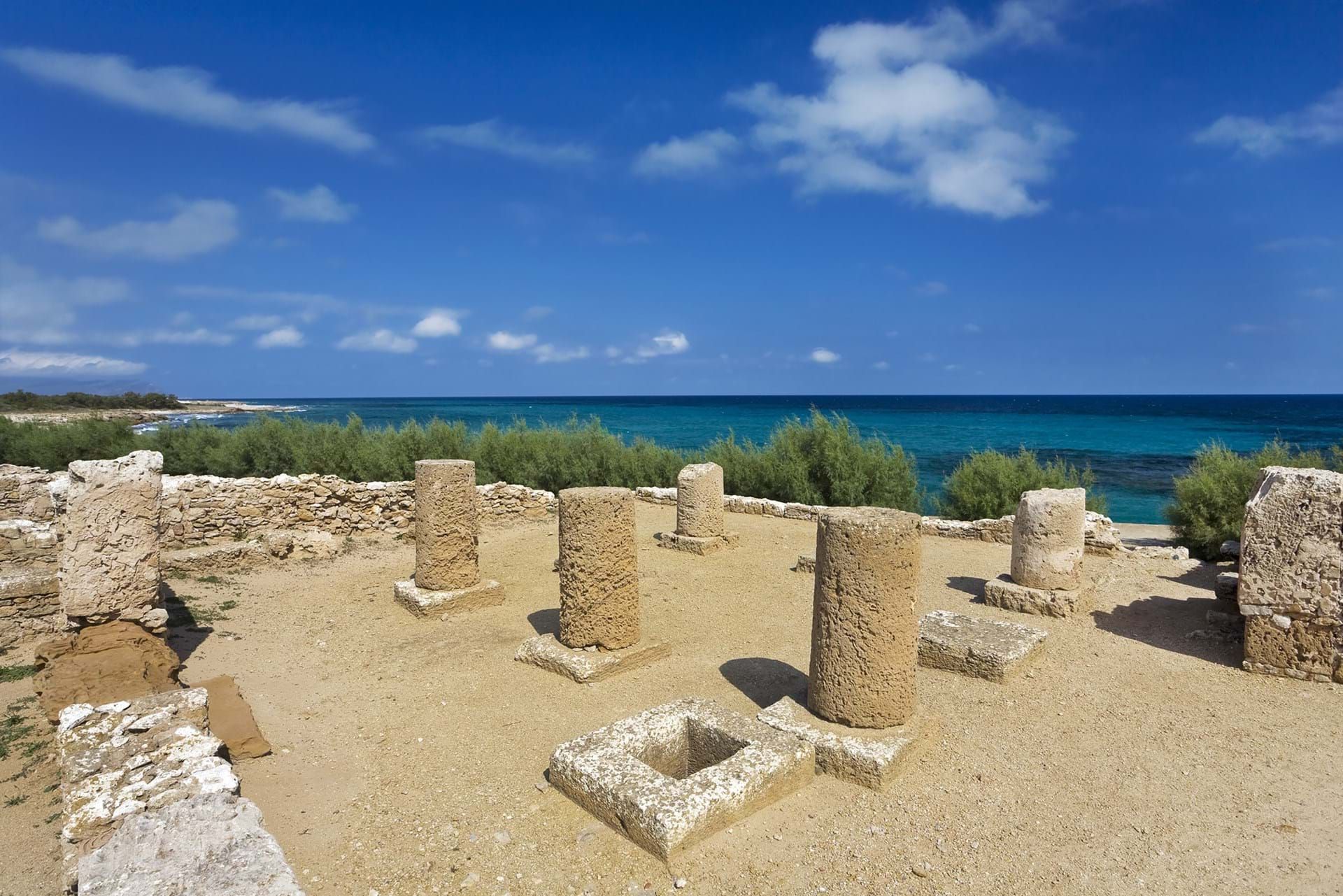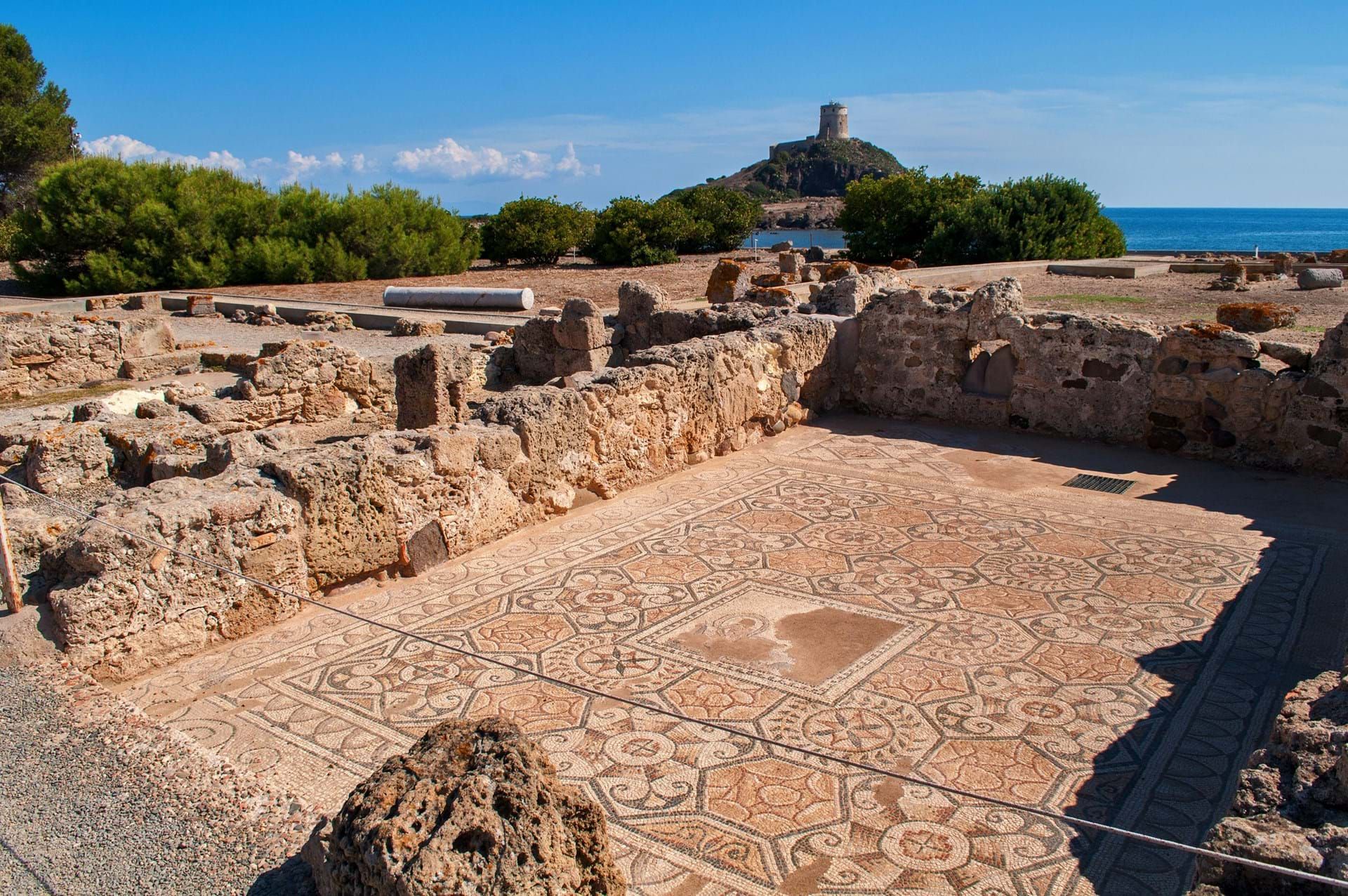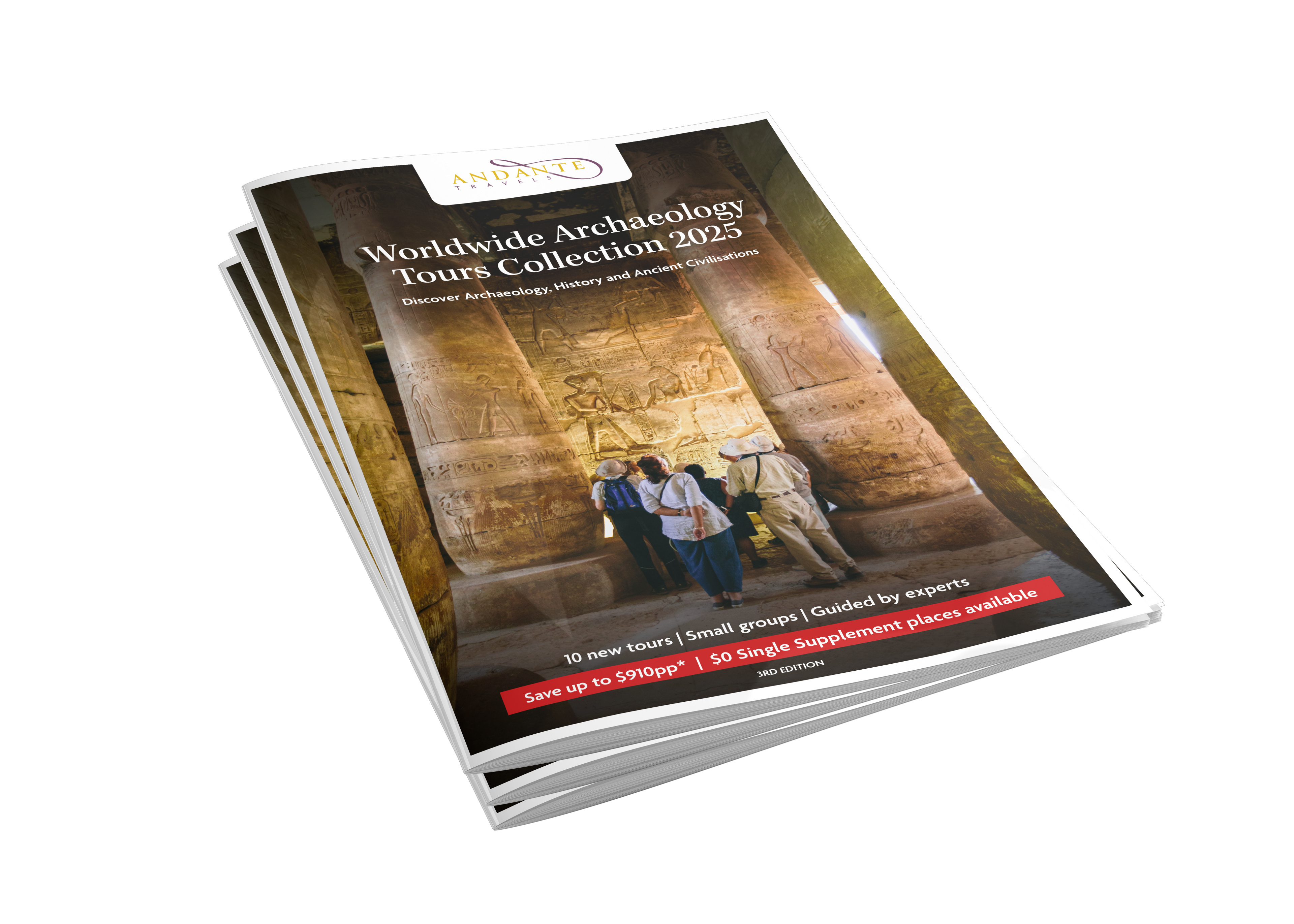The Phoenicians

Expert Guide Lecturer Dr Eireann Marshall has written an article about the Phoenicians, a civilisation we explore more about on some of our archaeological tours. There are few people who have been more influential to Western Europe culture than the Phoenicians, though this is so little recognised. Famous for their seafaring and for their manufacturing of goods, Phoenicians were fundamentally important to the development to Greek culture, something which Herodotus readily admits to. Yet they suffered the fate of all those defeated in war; their literature and their historical narrative has been lost and replaced by those who defeated them, namely Greeks and Romans.
The little we know about Phoenicians and Phoenician history comes from Greek and Roman writers, as well as from the Bible. Even the name we use for them, Phoenician, is not the name they gave themselves; they called themselves chna, something transliterated as Canaanites. Yet, by the 11th century BC, Phoenicians produced an abjad alphabet, with 22 consonants, which formed the basis of the Greek alphabet and through that the Latin one we use today. Likewise, Phoenicians not only indirectly taught Greeks the art of ship-making, but were hugely influential to archaic Greek art, whose orientalising style can be seen in all Greek art and architecture from the 6th and early 5th centuries. Despite their importance to Greece, their role in developing European culture is little acknowledged because of the absence of their literary works. Thankfully, we have a plethora of stunning Phoenician sites and material remains found throughout the Mediterranean, which have allowed archaeologists and historians to piece together much of their story.


Phoenicians became a dominant power in the Mediterranean during the Iron Age, in the power vacuum left by the collapse of so many Bronze Age cultures, such as the Mycenaean palace culture and the fragmentation of the Hittite empire. They were a collection of independent city states in the Levant, principally Tyre, Sidon and Byblos, who were famed above all for being extraordinary seafarers and traders. Phoenicians are mentioned in both of Homer’s epics, where they are described as skilled craftsmanship and trading. The importance of trade to the Phoenicians is echoed by the way in which Homer used the word Phoenician to mean purple, date palms as well as the people themselves. Clearly Phoenicians were so closely associated with the production and trade of purple dye, as well as dates, that their name was inextricably linked to them. Their dominance in trading enabled a huge maritime network to be formed, leading to their colonisation of North Africa, Sicily, Spain, and Sardinia.

Carthage, founded on the coast of modern Tunisia in the 9th century BC, grew to be the most powerful of Phoenician cities. Glimpses of the city defeated by the Romans in the three Punic Wars can be seen today underneath the monumental foundations of the forum built in the Roman period on the Byrsa Hill, the oldest part of the city, where Dido is described by Virgil as founding her city. It is here, on the Byrsa Hill, that a plethora of catapult shots have been found, which marked the destruction of the city in 146BC. Carthage’s trading and military might can be seen in the remains of the harbour or cothon whose characteristic shape has survived to this day. Perhaps the most haunting remains, though, are found a short walk away from the harbour, at the Tophet which may have housed the remains of children sacrificed to the god Ba’al and his consort Tanit. It is this eerie ritual which has captured the imaginations of writers from Flaubert onwards who have been fed on a diet of Greek and Biblical accounts of the gruesome sacrifice of Phoenician children. According to Diodorus Siculus, children were placed in the arms of bronze statue of Ba’al before being dropped into a fiery furnace which consumed them. The image we are given from ancient texts, all non-Phoenician, is clearly to be taken with a grain of salt and, today, scholars debate whether Phoenicians actually sacrificed their children to the gods or whether Tophets were simply children’s cemeteries.
While Carthage is far and away the most important Phoenician site, Kerkouane, a beautiful unspoilt site found on the Cap Bon peninsula of Tunisia, is perhaps the most interesting. Destroyed in the First Punic War and later abandoned, Kerkouane provides precious evidence of everyday life in a Phoenician city as it hasn’t been encumbered by buildings from later periods. Located on the coast, the city is memorable for its sitz baths, with a distinctive pinkish terracotta waterproofing, which are found in most of the houses. While few public buildings have survived, Kerkouane has preserved precious evidence of Phoenician glass and pottery making. There is also plenty of evidence of the production of the famous Phoenician purple dye made from murex shells. Only about 150 nautical miles away from the Cap Bon peninsula, Motya, a tiny island off the Western coast of Sicily, provides the most importance evidence of the Phoenician colonisation of the island. Destroyed by the Syracusan tyrant, Dionysius the Elder in 397 BC, Motya preserves precious remains of Phoenician industry and craftsmanship, as well as a Tophet. Echoes of the siege which spelled the end of the city (though there is some evidence of habitation on the island after the siege), can be seen in the finely dressed stone which made up the island’s fortifications, which were built in a style of architecture, opus africanum, which can be seen throughout North Africa.

Several beautiful sites in Sardinia provide evidence for Phoenician colonisation on that island. Sulcis, Tharros and Nora (shown above) all provide evidence of open-air sanctuaries which have been identified as Tophets, showing how intrinsic this ritual was to Phoenician culture. Evidence for Phoenician colonisation is more plentiful in Spain, including remains from Gadir as well as Malaga and Toscanos. Archaeological evidence points to importance of trading emporia and to the production of purple dye, as well as pottery. The silver mines from the Rio Tinto area north of Huelva were particularly important to Phoenicians particularly before the Babylonian conquest of Tyre in the 6th century BC. While we have retained a proportion of Greek and Latin literature, through centuries of manuscript copying, the Carthagininan library, which Romans gave to Massinissa at the conclusion of the Punic Wars, has been lost forever. All that is left are few fragments from the agricultural writer, Mago, copied down by Columella, Varro and Pliny the Elder, as well as a corrupted version of Hanno’s account voyage down the West coast of Africa in a Greek periplus. This means that we know little about how Phoenicians saw themselves or how they lived their lives. What we do have, however, are a stunning collection of ruins, above all in North Africa, Spain, Sardinia, and Sicily, which gives voice to a vibrant civilisation which was so important to the development of our own.
Delve into Phoenician history on tours in Spain, Italy, Lebanon and Tunisia, all of which are led by our renowned expert Guide Lecturers.
History Tours
NEWSLETTER
Opt-in to our email newsletter and hear about new offers first – view our privacy policy for details.


